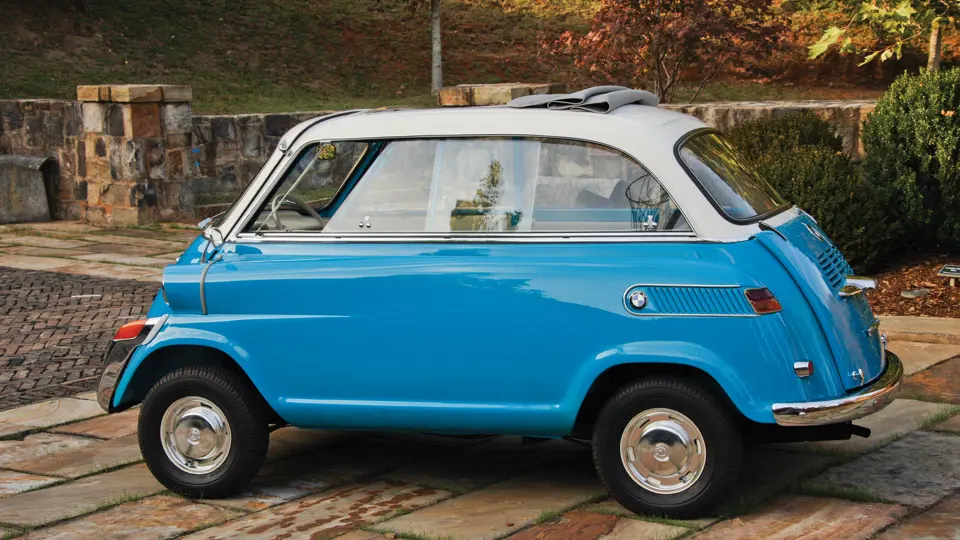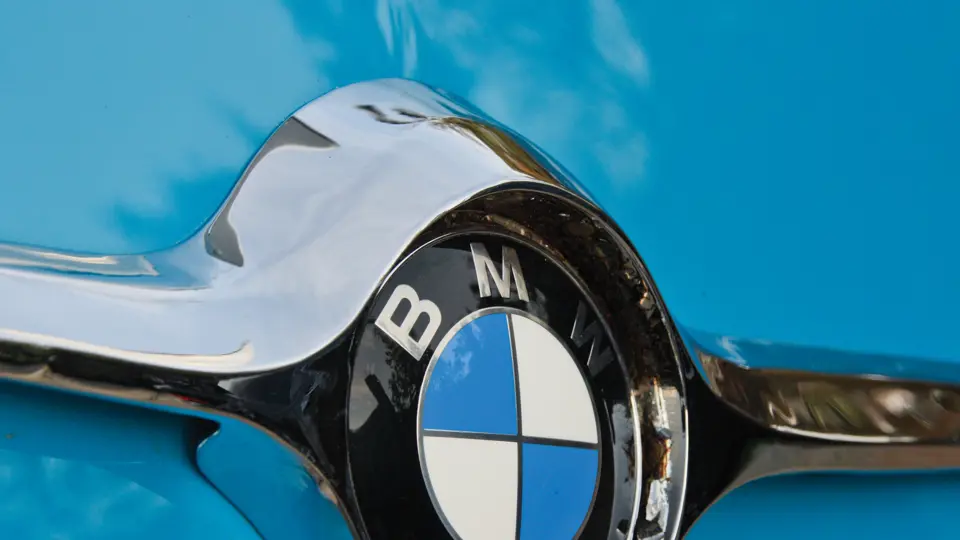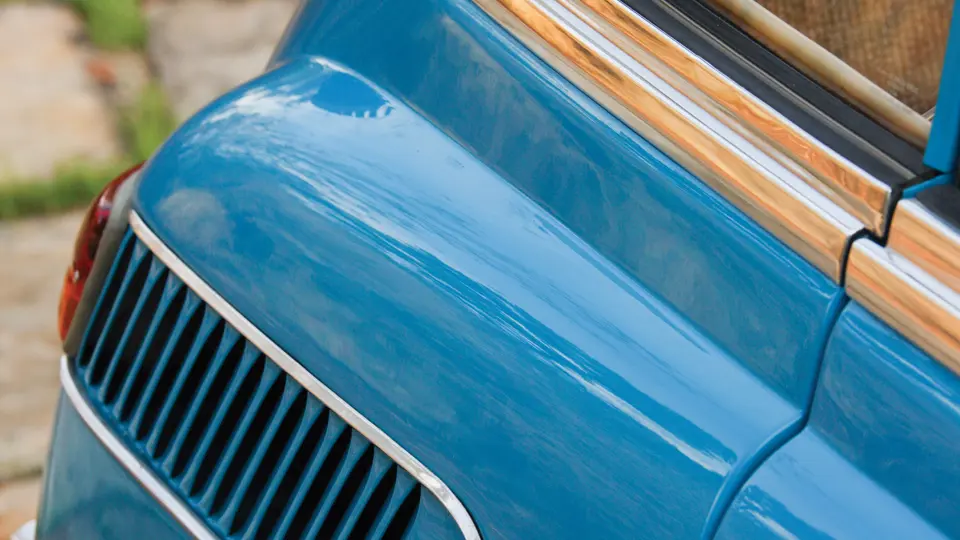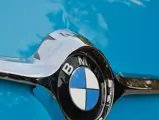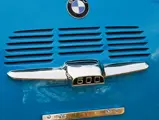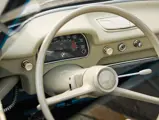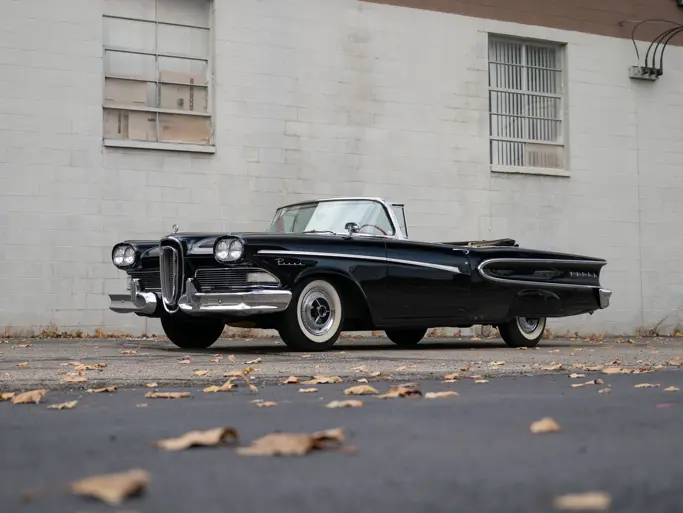26 bhp, 582 cc air-cooled four-stroke opposed twin-cylinder engine, Zenith carburetor, four-speed manual transmission with synchromesh, front trailing arms with coil springs, rear semi-trailing arms with coil springs, and four-wheel hydraulic drum brakes. Wheelbase: 66.9 in.
“Don’t laugh: it works.” This could be the motto for the Isetta in the 21st century, although Leonard Frank wrote it over 30 years ago in Special Interest Autos. While not only was no one laughing in post-war Germany, but many also forget that the Isetta is known as the car that saved BMW, because it was so very good at what it does.
There is no denying that everything happens slowly in an Isetta, as 0–60 comes in...a while. In fact, it was actually rated for a 60 mph top speed, and its R67 motorcycle-derived engine is suited for high rpm operation, but it is certainly happier at less than 50 mph. What those numbers utterly fail to convey, however, is the fun in getting there.
A positive consequence of the Isetta’s size is that all the components are close to the driver. No linkage can be long when the whole car is less than 10 feet long, and that’s highly apparent in the quick, easy steering, light throttle, and direct shifter. As any sports car maker will confirm, it is not pure power that makes a car fun, it is the power-to-weight ratio. Therefore, while 26 brake horsepower isn’t much, neither is the 1,200 or so pounds of curb weight of a BMW 600. A 66-inch wheelbase and 10-inch wheels with limited travel do make for a choppy ride, but the payoff is excellent road feel, little body lean, and great agility. Of course, the vast window/front door provides unparalleled visibility.
This diminutive 600 was the recipient of a complete 2013 restoration, which included new brightwork and a new interior, as well as a front-to-back mechanical rebuild. Further sorting saw the involvement of a motorcycle mechanic to further tune the engine, and the 600 is now in fully operating condition.
As a transitional model between the Isetta 300 and the more traditional car-like BMW 700, the Isetta 600 fared relatively poorly, selling only 35,000 or so, including those built under license in England well into the 1960s. Now, of course, the few survivors are the answer for anyone who wants to experience the fun of a microcar in a package that’s just a little less micro.




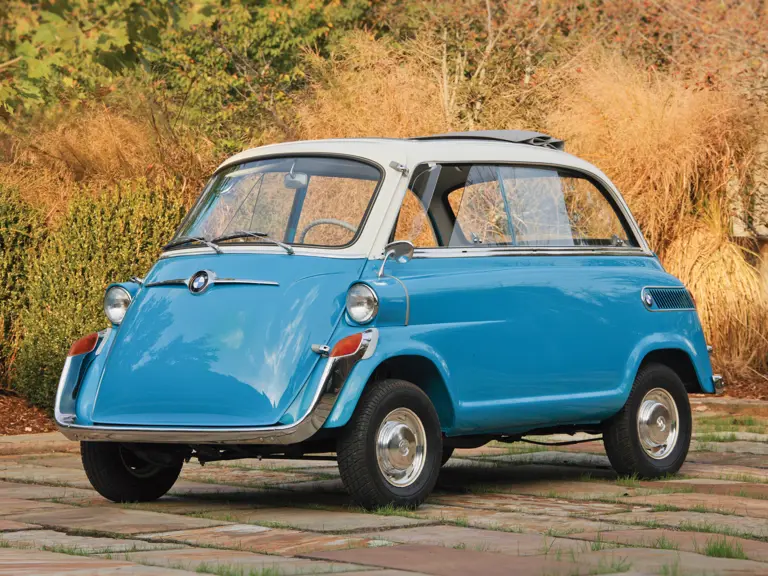
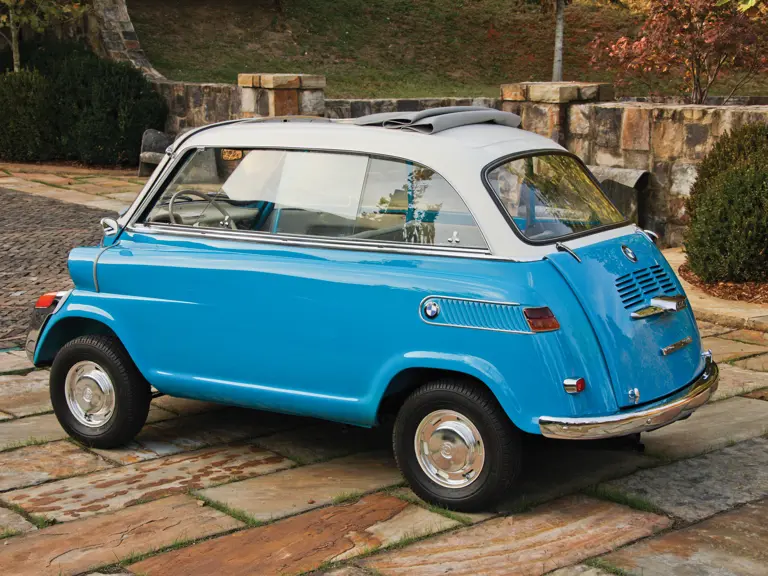
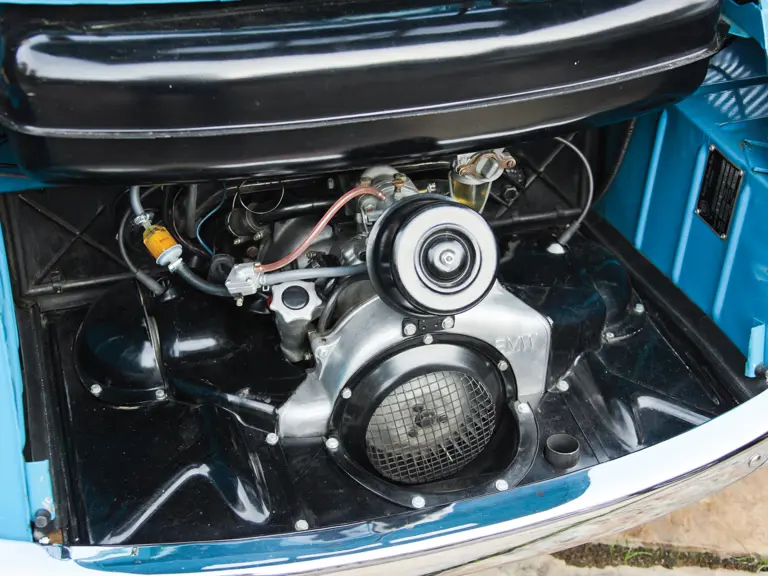
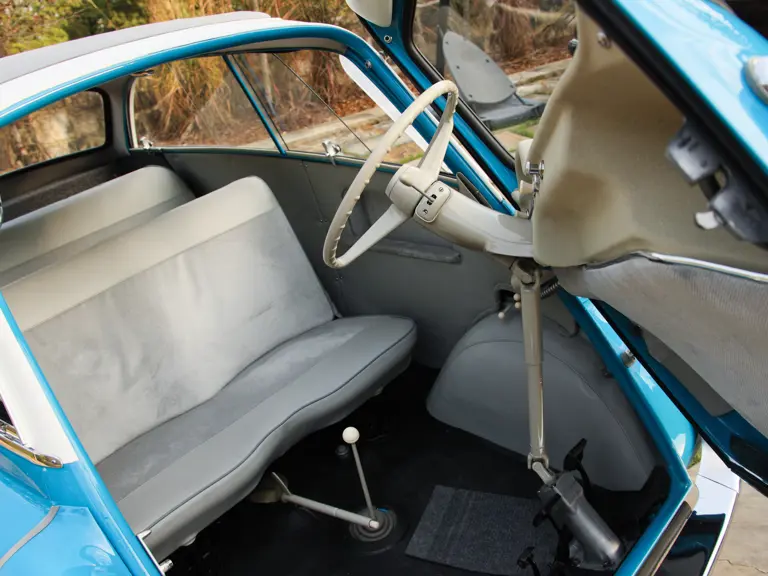
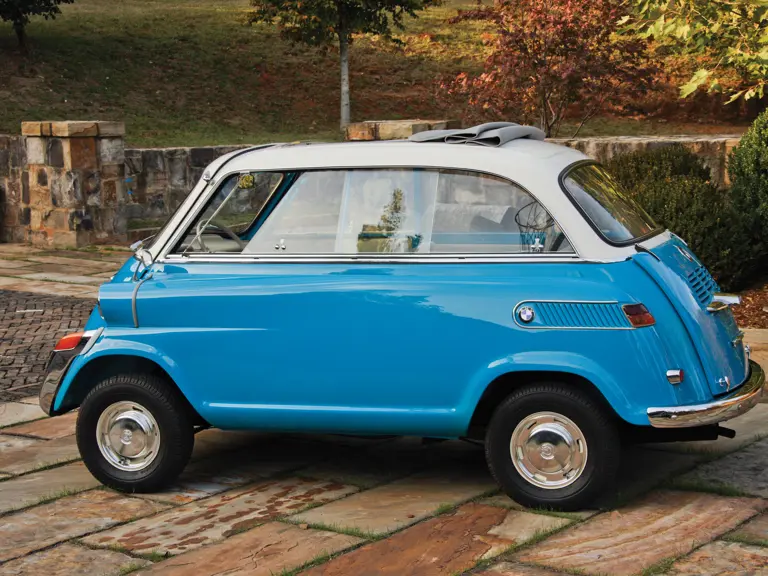
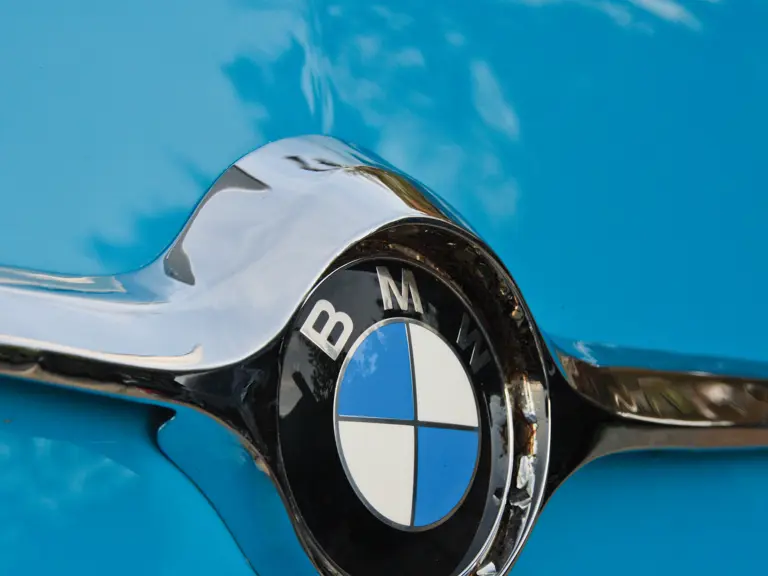


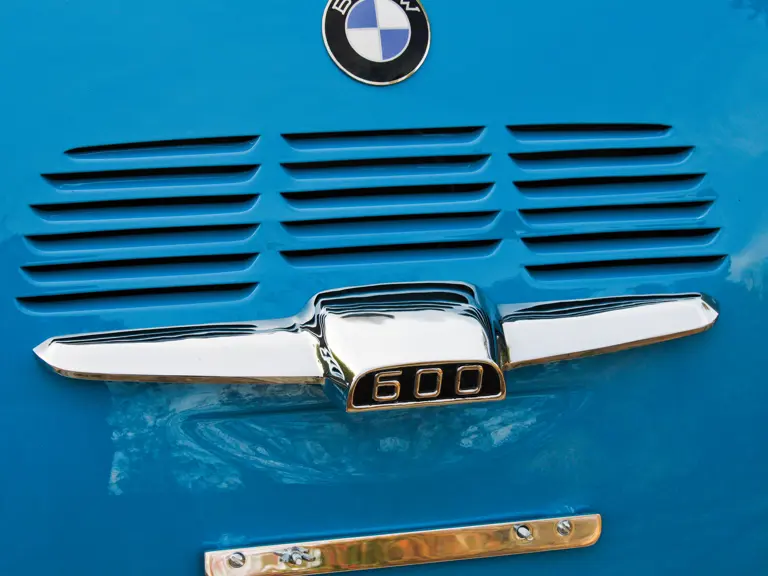



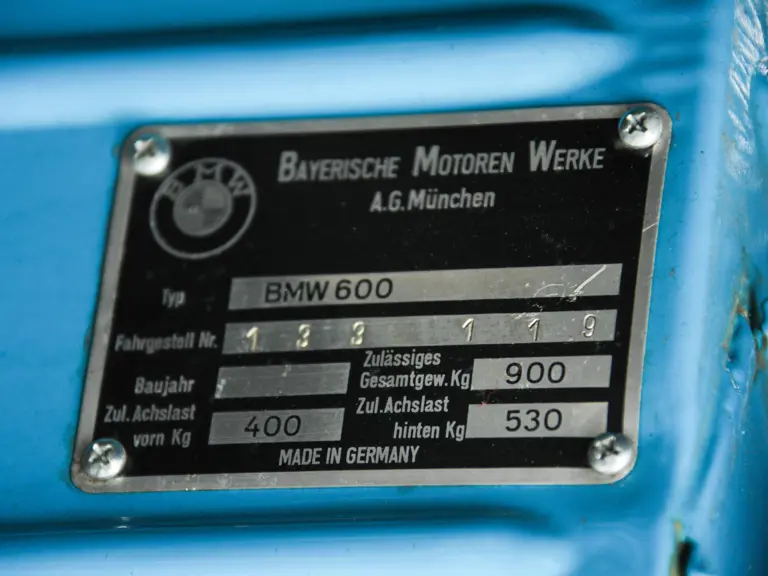
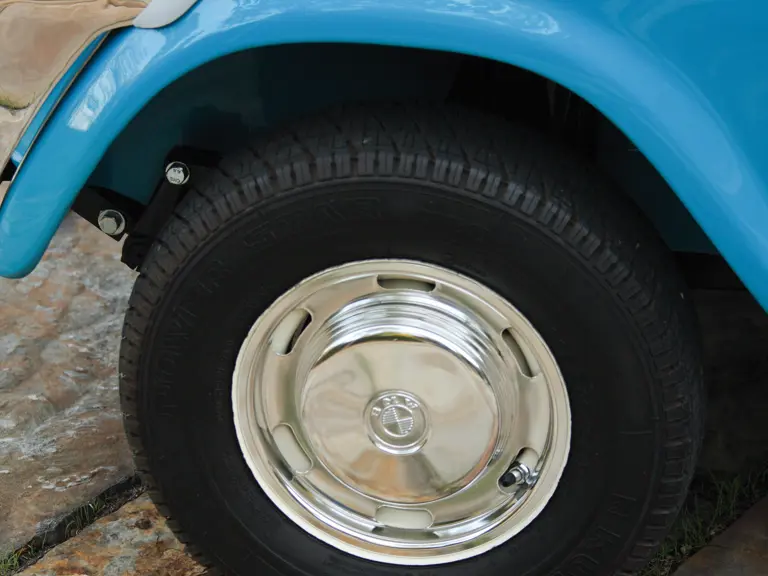

 | Phoenix, Arizona
| Phoenix, Arizona
